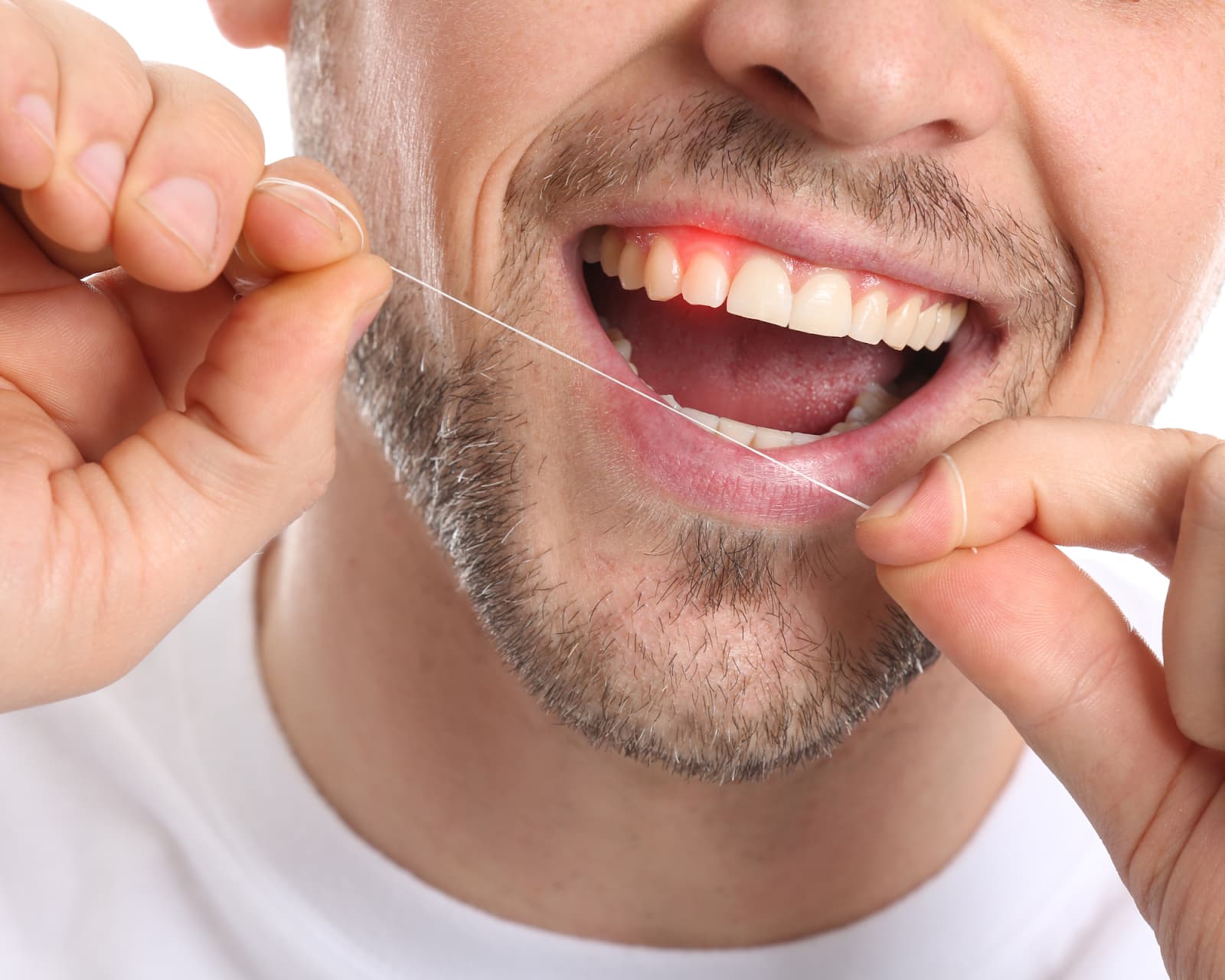Gums Swollen After Flossing
If you’ve noticed that your gums are swollen after flossing, it’s essential to understand the possible causes and take steps to address the issue. Swollen gums, also known as gingivitis, can be a sign of an underlying problem that needs attention. In this article, we’ll delve into the reasons behind swollen gums after flossing, explore prevention and treatment options, and discuss the importance of maintaining good oral hygiene.
Why Do Gums Become Swollen After Flossing?
There are several reasons why your gums might become swollen after flossing. One of the primary causes is the presence of plaque and bacteria along the gumline. When you floss, you’re removing these substances, which can cause inflammation and irritation. This is especially true if you’re new to flossing or haven’t done it in a while, as your gums may not be accustomed to the gentle removal of plaque and bacteria.
Another possible cause of swollen gums after flossing is the use of improper technique. If you’re flossing too aggressively or using a sawing motion, you may be damaging your gums and causing them to become inflamed. Additionally, if you have sensitive gums or are prone to bleeding, you may experience more pronounced swelling after flossing.
The Role of Gingivitis in Swollen Gums
Gingivitis is a common condition characterized by inflammation of the gums. It’s often caused by poor oral hygiene, which allows plaque and bacteria to build up along the gumline. When left untreated, gingivitis can lead to more severe problems, such as periodontitis, which can cause irreversible damage to the gums and bone structure.
If you’re experiencing swollen gums after flossing, it’s possible that you have gingivitis. Other symptoms of gingivitis may include:
- Red, tender, or bleeding gums
- Bad breath
- Receding gums
- Loose teeth
Prevention and Treatment Options
Preventing swollen gums after flossing requires a combination of good oral hygiene practices and gentle technique. Here are some tips to help you prevent swollen gums:
- Floss gently: Use a gentle, back-and-forth motion to remove plaque and bacteria from between your teeth and along the gumline.
- Use the right technique: Curve the floss around the base of each tooth in a “C” shape, making sure to go below the gumline.
- Floss regularly: Aim to floss at least once a day, preferably before brushing your teeth.
- Brush your teeth: Use a soft-bristled toothbrush and a fluoride toothpaste to remove plaque and bacteria from the surfaces of your teeth.
- Visit your dentist: Regular dental check-ups can help identify and address any underlying oral health issues.
If you’re already experiencing swollen gums after flossing, there are several treatment options available. Your dentist may recommend:
- Professional cleaning: A deep cleaning to remove plaque and bacteria from below the gumline.
- Antibiotic mouthwash: To help reduce inflammation and kill bacteria.
- Desensitizing toothpaste: To help reduce sensitivity and discomfort.
- Gingivitis treatment: Depending on the severity of your condition, your dentist may recommend a treatment plan to address gingivitis.
The Importance of Maintaining Good Oral Hygiene
Maintaining good oral hygiene is crucial for preventing swollen gums and other oral health issues. By following a regular routine of brushing, flossing, and visiting your dentist, you can help keep your teeth and gums healthy.
Here are some additional tips to help you maintain good oral hygiene:
- Use a mouthwash: In addition to brushing and flossing, using a mouthwash can help kill bacteria and reduce inflammation.
- Avoid sugary and acidic foods: These types of foods can contribute to tooth decay and gum disease.
- Don’t smoke: Smoking is a significant risk factor for oral health issues, including gum disease and oral cancer.
- Stay hydrated: Drinking plenty of water can help keep your mouth moist and wash away bacteria.
FAQ Section
What is the best way to prevent swollen gums after flossing?
+The best way to prevent swollen gums after flossing is to use a gentle technique, floss regularly, and maintain good oral hygiene practices. This includes brushing your teeth at least twice a day, visiting your dentist regularly, and avoiding sugary and acidic foods.
How can I reduce swelling and discomfort after flossing?
+To reduce swelling and discomfort after flossing, try using a desensitizing toothpaste, applying a cold compress to the affected area, and avoiding spicy or acidic foods. You can also try using a mouthwash that contains ingredients like aloe vera or chamomile to help soothe and calm your gums.
Can I still floss if I have swollen gums?
+Yes, you can still floss if you have swollen gums, but be gentle and take extra care to avoid causing further irritation. It's also a good idea to consult with your dentist for personalized advice on how to manage swollen gums and maintain good oral hygiene.
Conclusion
Swollen gums after flossing can be a sign of an underlying oral health issue, such as gingivitis. By understanding the causes of swollen gums and taking steps to prevent and treat them, you can help maintain good oral hygiene and reduce your risk of more severe problems. Remember to floss gently, use the right technique, and visit your dentist regularly to keep your teeth and gums healthy. With the right combination of good oral hygiene practices and professional care, you can enjoy a healthy, beautiful smile for years to come.


